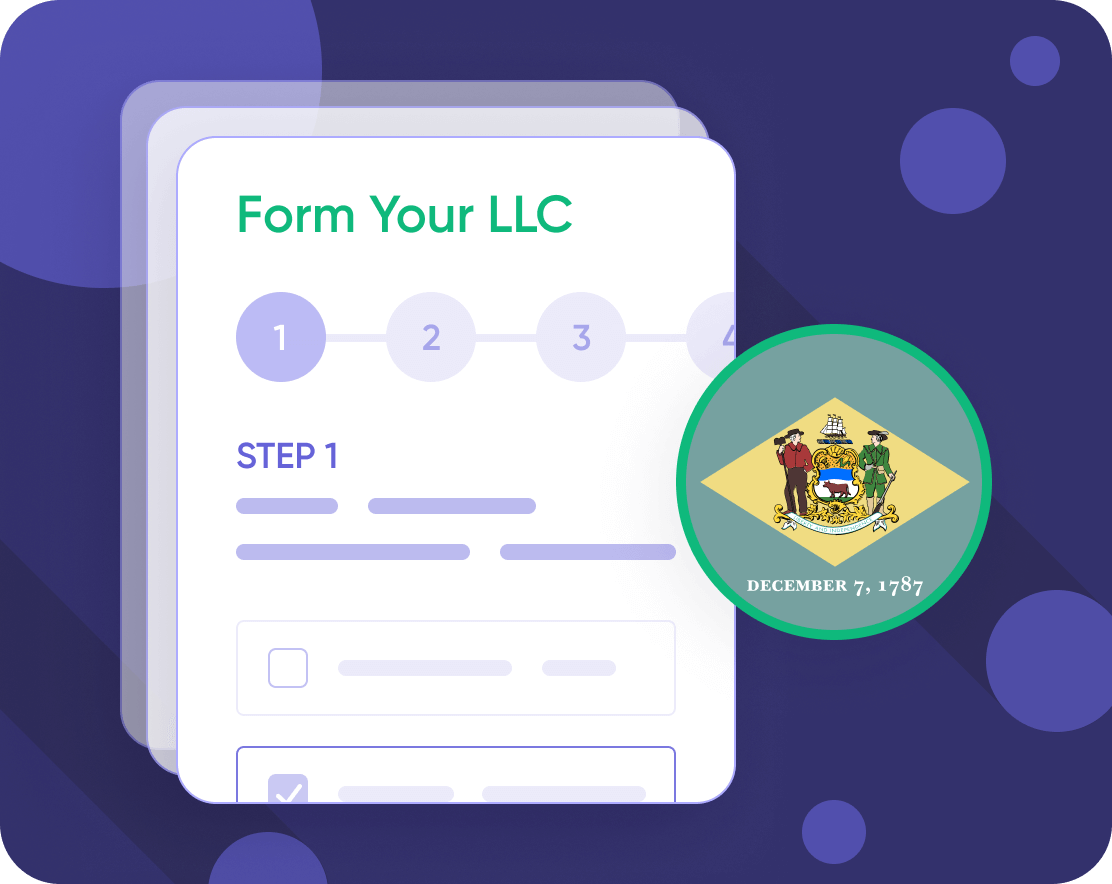There are a dizzying number of payment options out there – and plenty of confusing abbreviations to go with them. It’s important to get to grips with all of this terminology to ensure that you choose the options that make payment easy for your customers.
When it comes to credit card payments, EMV and NFC are two of the most important acronyms. While they have two completely different functions, these technologies work together to ensure that your customer’s payments are convenient and secure.
{{text-box}}
What Are EMV Payments?
EMV stands for Europay, Mastercard, Visa, which were the companies that founded the technology. It increases security for credit and debit card payments.
An EMV payment happens when a chip card is dipped into an EMV-compatible terminal. The card and payment terminal ‘talk’ to one another, exchanging information to process the transaction.
Each time a transaction takes place, a unique token is created and encrypted data is transmitted between the customer’s issuing bank and your merchant bank.
What Are NFC Payments?
Near-field communication, more commonly known as NFC, is a type of communication technology. It allows data to be shared between two devices that are near to one another. Signals are transmitted from an NFC reader to a credit card or mobile device and vice versa.
Both credit cards and mobile devices can be used for NFC payments.
Mobile payment services like Apple Pay or Google Pay are becoming increasingly popular because of the level of security and convenience they offer. Allowing customers to pay with their mobile devices limits contact during transactions and means that they can leave your wallets at home.
What's the Difference Between EMV and NFC Payments?
The biggest difference between EMV and NFC payments is the type of technology being used. While EMV is a form of payments tech, NFC is a type of communications technology.
Although they’re usually thought of as separate – with EMV being for credit cards and NFC for mobile payments – these two are companion technologies. They work together to increase the security of transactions while also enhancing the customer experience.
The NFC technology allows payment details to be communicated wirelessly, making transactions quicker and more convenient. Meanwhile, the EMV technology ensures that information is tokenized and remains secure during transmission.
In other words, EMV keeps your information safe and NFC allows for contactless payment. Both come into play when you use a chip-and-pin card, regardless of whether you choose to dip or tap. Mobile payments only use NFC and different security protocols (usually built into the device) apply to these transactions.
The Benefits of Using Pay.com as Your Payment Service Provider
Using a payment service provider that enables you to process secure transactions via a wide variety of payment methods will help you to accept payments quickly and easily.
With Pay.com you can easily choose the payment methods you’d like to accept – like Apple Pay, Google Pay and others. You can also create QR codes for your customers to scan, or send them direct payment links that they can use to pay on their mobile device. What’s more, we tokenize transactions to ensure your customer’s details remain secure.
A few of the other benefits of using Pay.com as your payment service provider:
- Simple fee structure: Our flat-rate, per-transaction pricing structure is completely transparent, so you know exactly what you’ll pay each month.
- Fast onboarding: Our simple signup and onboarding process means that you’ll be up and running in no time.
- Easy setup: Our user-friendly interface will have you ready to start accepting payments online in just a few clicks.
The Bottom Line
If you’re planning on accepting credit card or mobile payments, you’ll likely want to make use of both EMV- and NFC-enabled platforms and devices.
Encrypted, tokenized data is sent via an EMV card to an EMV terminal ensures that your clients’ information stays safe and secure. At the same time, NFC equipment allows convenient, contactless payments either via card or any other NFC-enabled mobile device.
With Pay.com, your customers can pay using their favorite methods via a secure checkout page. This will help you to attract and retain more loyal customers. Click here to get started now!








.jpg)
